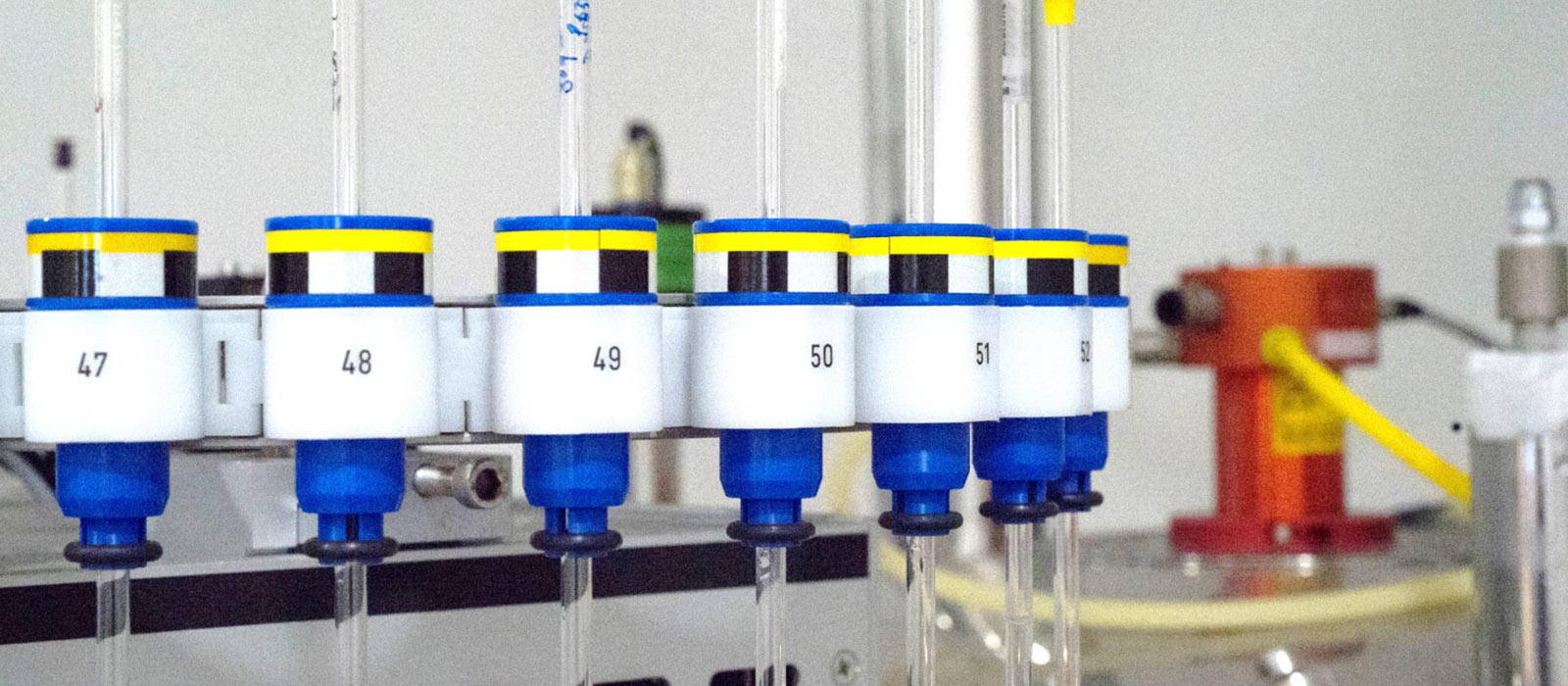The big picture: using wildflower strips for pest control
For this month's research highlights we peel back the cuticle to reveal something of the inner workings of plants.
The current ‘zig zag’ model of plant immunity has been around for almost 15 years in one form or another, and for much of that time it has served as a useful model of the arms race between plants and (some of) their pathogens. At its heart, it distinguishes between an initial, weak, generalised immune response to pathogen surfaces or their structural components, and a subsequent, specific, targeted response to pathogen secreted proteins. Recently, however, gene studies have suggested that our understanding of the immune response has outgrown this particular simplification.
A recent attempt to update our thinking, the ‘Invasion Model’ addressed many of these limitations but broadened the scope to include not just plant pathogens, but any friend or foe that ‘invaded’ plant tissues. Ambitious, yes, but also an overly-complex conceptualisation.
Which is why Kostya Kanyuka and Jason Rudd have suggested a new synthesis, building on the Invasion Model but, like zig zag, limited to only pathogens. Unlike zig zag though, their ‘Spatial Invasion Model’ crucially distinguishes only between host responses that occur inside the cell against those that occur in the spaces in between, irrespective of whether a pathogen surface or a specific secreted protein is recognised.
Kanyuka, K. and Rudd, J. J. (2019) Cell Surface Immune Receptors: The guardians of the plant’s extracellular spaces. Current Opinion in Plant Biology 50 p1-8 https://doi.org/10.1016/j.pbi.2019.02.005
Protein synthesis tends to get all the limelight, but the breakdown of certain proteins is just as important (or if you ask a plant biochemist, more so), as it’s used by plants to signal change. From marking the passing of time, identifying environmental cues, or as part of a sophisticated, internal messaging system regulating everything from initial seedling growth to the shedding of leaves in Autumn, when you don’t have the means to run away, responding quickly to change is absolutely vital.
Measuring the lifetime of an individual protein, which can span from minutes to days, is easier said than done though and why few have achieved it with any accuracy. Previous methods involved applying cycloheximide to stop all protein synthesis - stressful for the plant and not compatible with many research questions. Writing in the latest Plant Physiology, Freddie Theodoulou and colleagues report on a new method for plants that gets us closer to a non-invasive lifetime measure than ever before.
Tandem fluorescent protein timers (tFTs) are a fusion of two different fluorescent proteins whose colours develop at different rates - which enables protein age to be estimated from the ratio of the two fluorescence intensities. Working with collaborators at Heidelberg University, the team fused them to very short-lived proteins responsible for regulating gene expression in response to the growth hormone auxin to demonstrate the utility of tFTs for studying protein turnover in living plant cells. The method proved to be an efficient measure of relative protein lifetime, useful for testing the effects of mutations and different genetic backgrounds on protein stability, as well as a plant’s response to various signals of change.
Zhang, H., Linster, E., Gannon, L., Leemhuis, W., Rundle, C.,Theodoulou, F. L. and Wirtz, M. (2019) Tandem fluorescent protein timers for non-invasive relative protein lifetime measurement in plants. Plant Physiologyhttps://dx.doi.org/10.1104/pp.19.00051

One of the earliest known uses of willow was to make fishing nets, so its perhaps apt that our latest application involves trawling through its complex and seemingly endless chemical diversity for useful compounds. Such ‘bio-prospecting’ has already struck gold in the form of several hydroxycinnamic acid and benzoic acid derivatives with potential antioxidant, antimicrobial and even anticancer activities. Now recent work reported in Molecules shows how willow really is the gift that keeps on giving.
Almond leaved willow is an established crop, grown in coppicing regimes for basket-making materials. Whilst not rich in the anti-inflammatory salicinoids, it is known as a source of other phenolic glycosides. Metabolite profiling of the wood chips from a natural hybrid found that the crossing process has introduced novel chemistry - in particular, the ability to generate disaccharide conjugates where the glycosyl group is further extended by a range of sugars, including apiose, rhamnose, xylose, and arabinose. Also of note is the appearance of chavicol derivatives, also not previously seen in willow species.
The work demonstrates the plasticity of the phenolic glycoside biosynthetic pathway, and the potential to increase the value of established crops by tapping into their novel chemistries.
Noleto-Dias, C., Wu, Y., Bellisai, A., Macalpine, W. J., Beale, M. H. and Ward, J. L. (2019) Phenylalkanoid glycosides (non-salicinoids) from wood chips of Salix triandra × dasyclados hybrid willow. Molecules 24 (6) p.1152. https://dx.doi.org/10.3390/molecules24061152
